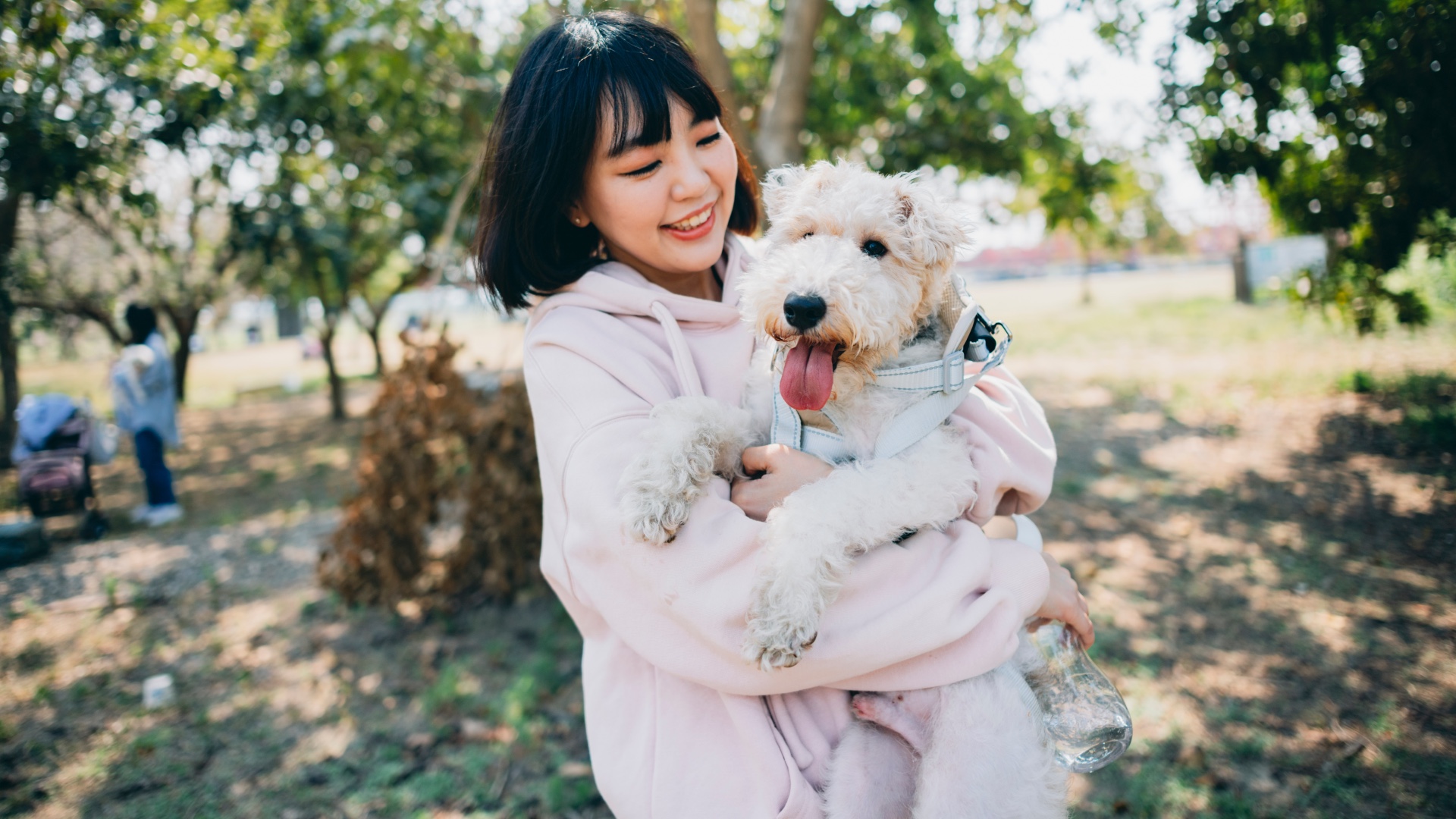Want a calmer canine? Trainer reveals the one skill you need to teach them
It’s great to see your dog play with other dogs, but it’s just as good for your dog to be relaxed and calm in public.

An important goal for most dog parents is to have a dog who’s fully socialized and happy to be around other people and pups.
You might love to see your pup play with other dogs you meet, or eagerly approach fellow dog lovers for a fuss. However, it might be best to have a dog who’s socially neutral. To achieve this, you might need – you’ve guessed it – some of the best dog treats!
Training your dog to become socially neutral is something that award-winning trainer Lisa Burton of Listen Dog Training has suggested in a recent Instagram post, so let’s explore what it means for a dog to be socially neutral below.
A post shared by Lisa Burton | Listen Dog Training 💁🏻♀️🥇🐕 (@listendogtraining)
A photo posted by on
“Most new owners think romping happily at the dog park is the pinnacle of a well-socialized dog,” explains Burton, but this isn’t the most important skill for a dog to have. In fact, being able to relax around other dogs is more important.
If your dog can stay calm, content, and engaged in spite of other dogs being around – also called neutrality – it will make your life easier!
Burton continues, “Dogs who only ever associate the presence of other dogs with running, romping, and energetic play, can really struggle in environments like cafes, restaurants, or competitions, when they’re expected to do entirely the opposite.”
She explains that dogs who’ve never practiced neutrality can become quite frustrated, stressed, and even reactive in such situations.
Get the best advice, tips and top tech for your beloved Pets
So, she recommends working on neutrality each day – it’s not as complicated as you might think! Try taking your pup to the park, sitting on a bench, and watching other dogs from a distance, or walking past other dogs. Rather than encourage your dog to greet other dogs, or humans, engage your pup with a cue and a treat. If you’ve got a younger dog, you might find these six tips for socializing a puppy useful, too.
Incorporate a variety of environments into your training, and encourage your pup to sit, relax, and rest.
While neutrality is important, we should also remember that dogs are very social animals, and most dogs enjoy spending time with other canines. We shouldn’t make our dogs ignore other dogs all the time. After all, while our dogs might love us, we don’t communicate in the same language and play in exactly the same way as they do!
If your dog already struggles with reactivity, you might find this a little more difficult. However, you can still practice neutrality, as everyone has to start somewhere. Here’s how to calm a reactive dog for more advice.

Adam is a freelance journalist specialising in pets, music and culture, and mental health and wellbeing. He investigates and writes the large majority of news on PetsRadar, and collaborates with veterinary experts to produce informative pet care content.
Adam has a journalism degree from Southampton Solent University and a masters degree in Magazine Journalism from Cardiff University. He was previously senior editor at dog advice website DogTime.com, and has also written for The Independent, GoodToKnow and Healthline.
He owns two rescue cats, Bunny and Dougie, and has also previously had a rabbit, fish and Roborovski dwarf hamsters.
